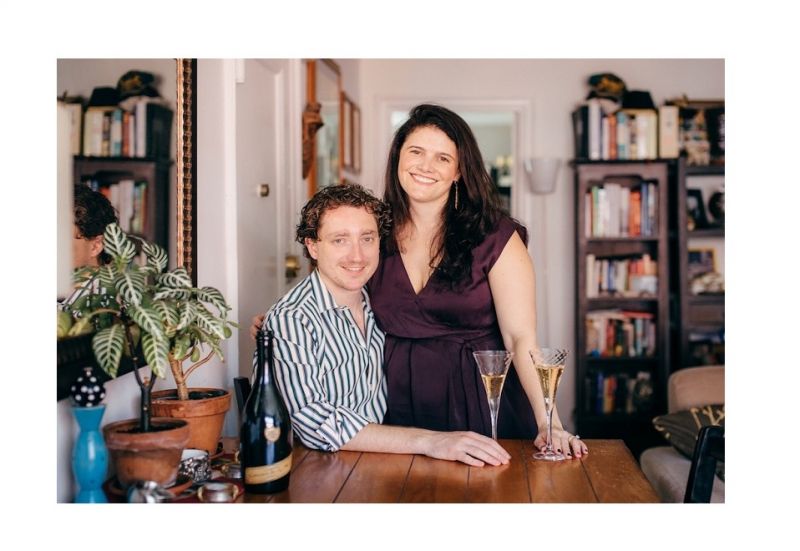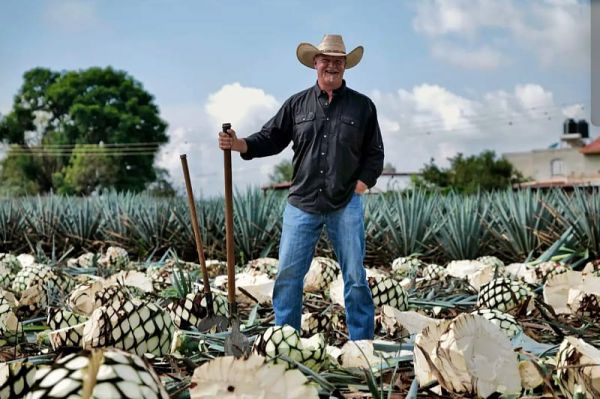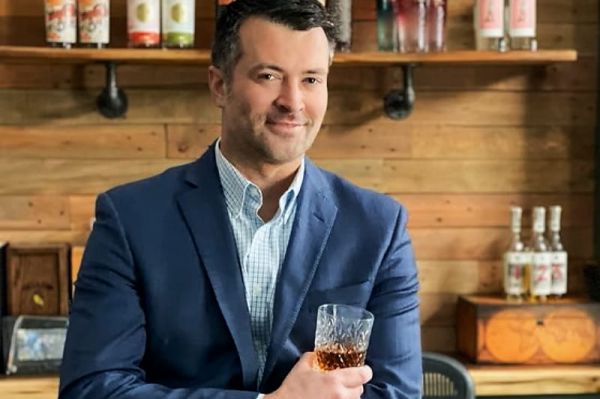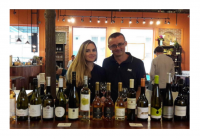Log in to your account
Lost password?Distribution
Little Peacock Imports: In for the Long Haul
Bevroute interviews Gordon Little of Little Peacock Imports about how a new brand can think beyond the launch and maintain longevity in the US market by working together with their distributor or importer.
28/08/2024

Congratulations, you have just appointed an importer or distributor!
Now, as a brand owner, you can sit back and watch the orders roll in, right? Think again. For the last five years, Gordon Little has been importing and selling boutique wines into the United States that, for the most part, have never before had an export presence.
Finding customers for these wines at all levels - distributor, restaurant/retail, end customer – is a challenge not to be underestimated. Just because a wine is good and the price seems fair isn’t enough. There is simply too much competition. Helping a wine brand become a success requires a realistic and well-supported, long term commitment to the market.
Here are his five tips for up-and-coming wine brands looking to conquer the USA.
1. Appointing an importer or distributor is not equivalent to a brand-building strategy.
A new brand’s financial and sales priorities too often aren’t matched by the needs, ambitions or capabilities of their US import and distribution partners. A distributor may love your wines, and enjoy having them in their portfolio, but they also need to sell a hundred other things this month, including that container of imported rose that just arrived, and then plan their pre-sale on Beaujolais Nouveau two months later. So where do your wines end up in the priority scale and is that ok by you?
Talk through mutual ambitions for your brand at the outset and understand where your wine fits in your partners’ portfolios. Will they actively promote your wines every day, and exactly what do you want them to say? What varietals and price-points do they think your wines will be successful at, and is that appropriate for you? What connections or social media leverage as brand owner can you harness to help them find customers in those markets?
2. Beware the too-good-to-be-true promises about potential.
Little has heard wild promises from potential customers of how popular a new wine is going to be. Container quantities, direct imports to states, hundreds of chain store locations, and so forth. It rarely works out that way, at least in the short term. After all, large volume orders mean your brand will be displacing another, and I doubt that brand owner or sales rep is going to easily give that up. I mean, would you?
Every year, hundreds of new brands attack the US market, and big cities like New York or Chicago are the most competitive in the world, with large and small distributors alike all knocking at the same buyers’ doors. As a new brand, aim for gradual, sustainable growth over time. Everybody can sell a wine once, but are the reorders coming in? Dig down into the early numbers: are samples pulled translating to sales; are the sales skewing just to a small number of accounts, and so on.
3. Start humble, be flexible.
International marketing 101: every market is different. And the USA is not just fifty markets, it’s individual regions or cities within a state too. Without extensive pre-launch market research and customer feedback, which boutique brands rarely have, it’s unlikely your new brand will hit the nail on the head with a wide customer base the very first time. So be conservative and avoid the “stock it and they will come” strategy. Little mentions that he has seen many wineries load up warehouses with a new brand here without first knowing that everything is right for the market, nor having a selling strategy in place to draw it down. The result is close-outs or aging vintages that can taint a brand from the outset or, at the very least, delay entry to new markets.
Instead, be smart by beginning with a smaller amount of stock, test it out, and if you run out so be it. Use the first six to twelve months to critically assess what’s working or what may need to be tweaked. It could be label amendments, price-point changes, switching focus to on-premise rather than retail, for example. At the end of the day, it’s better to sell out than close out.
4. Look at the US market as a long-term commitment.
If you expect overnight runaway success, expect disappointment. Consider the number of people between your wine and the end drinker: importer, distributor, sales reps, store or restaurant buyers, retailer staff and sommeliers. Unless you have end-customers clamoring for your wine – rare for a new brand – every person in this chain has to become your advocate, and that takes a while. Even basic things like submitting a wine for reviews can take 4-6 months by the time they get published. Individual state regulations, price-postings, and general slow periods (summer) add to the length of time it takes a wine to get seen in new markets.
There is no substitute for building a strong relationship with everybody in the chain too; it may be expensive if you’re traveling from far, but there’s no substitute for forging, then sustaining a direct connection to the people spending time selling your product as well as those spending money on your product. Think of it in terms of friends or contacts– we only ever have a handful of close friends with whom we can go months without speaking, but then when we do it’s like we saw them yesterday. For the other people in our address book though, we need to keep up the regular communication otherwise we’ll drift apart over the years.
5. Be proactive and stay front of mind, solicit feedback.
The most valuable thing you can do to ensure the success of your brand is help find end buyers. We’re all in this to make a living, right? Arriving full circle back at point 1, if you rely solely on your distributor to find your customers, you may well find that your expectation doesn’t meet reality. You’re not only outsourcing the constitution of your customer base, you’re not actively proving that your brand is viable, while the importer/distributor is absorbing 100% of the stock risk.
It may seem like finding end customers is the importer or distributor’s job, but it really falls on everybody. The same way a retailer expects their reps to come and pour wines for their customers, helping your importer find distributors or your distributors find buyers is also part of the long game, and one that will yield benefits to everybody.
Congratulations, you have just appointed an importer or distributor!
Now, as a brand owner, you can sit back and watch the orders roll in, right? Think again. For the last five years, Gordon Little has been importing and selling boutique wines into the United States that, for the most part, have never before had an export presence.
Finding customers for these wines at all levels - distributor, restaurant/retail, end customer – is a challenge not to be underestimated. Just because a wine is good and the price seems fair isn’t enough. There is simply too much competition. Helping a wine brand become a success requires a realistic and well-supported, long term commitment to the market.
Here are his five tips for up-and-coming wine brands looking to conquer the USA.
















